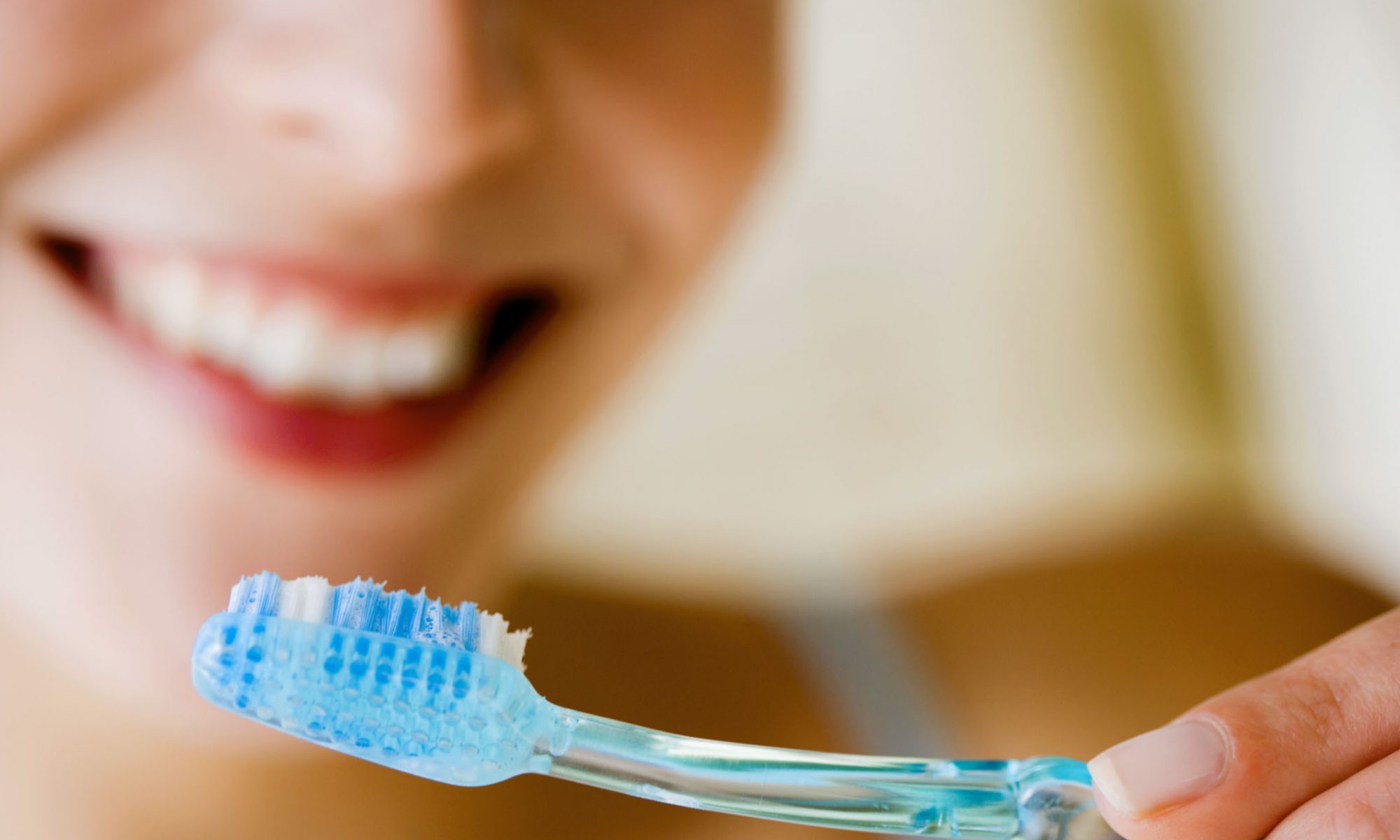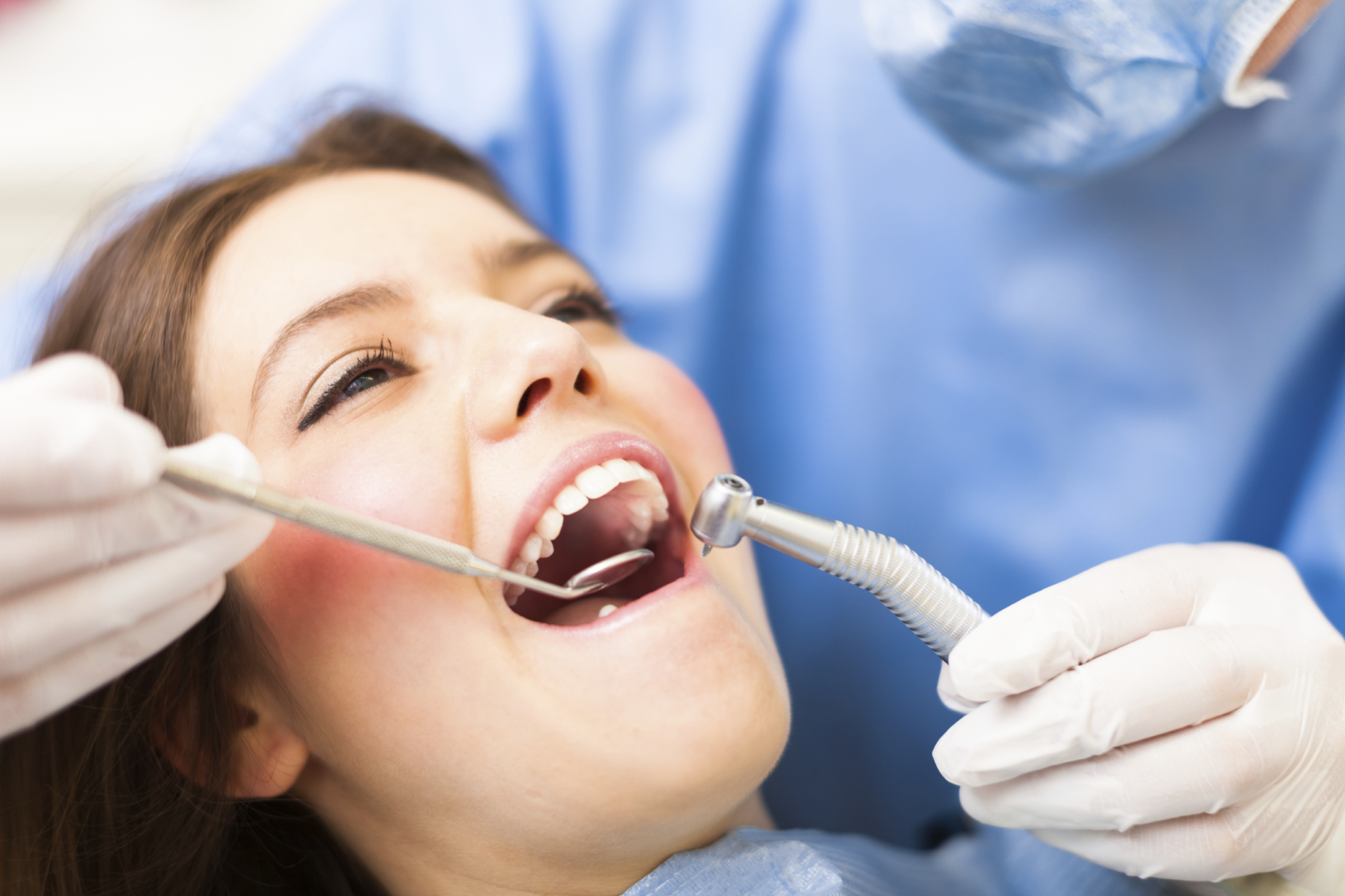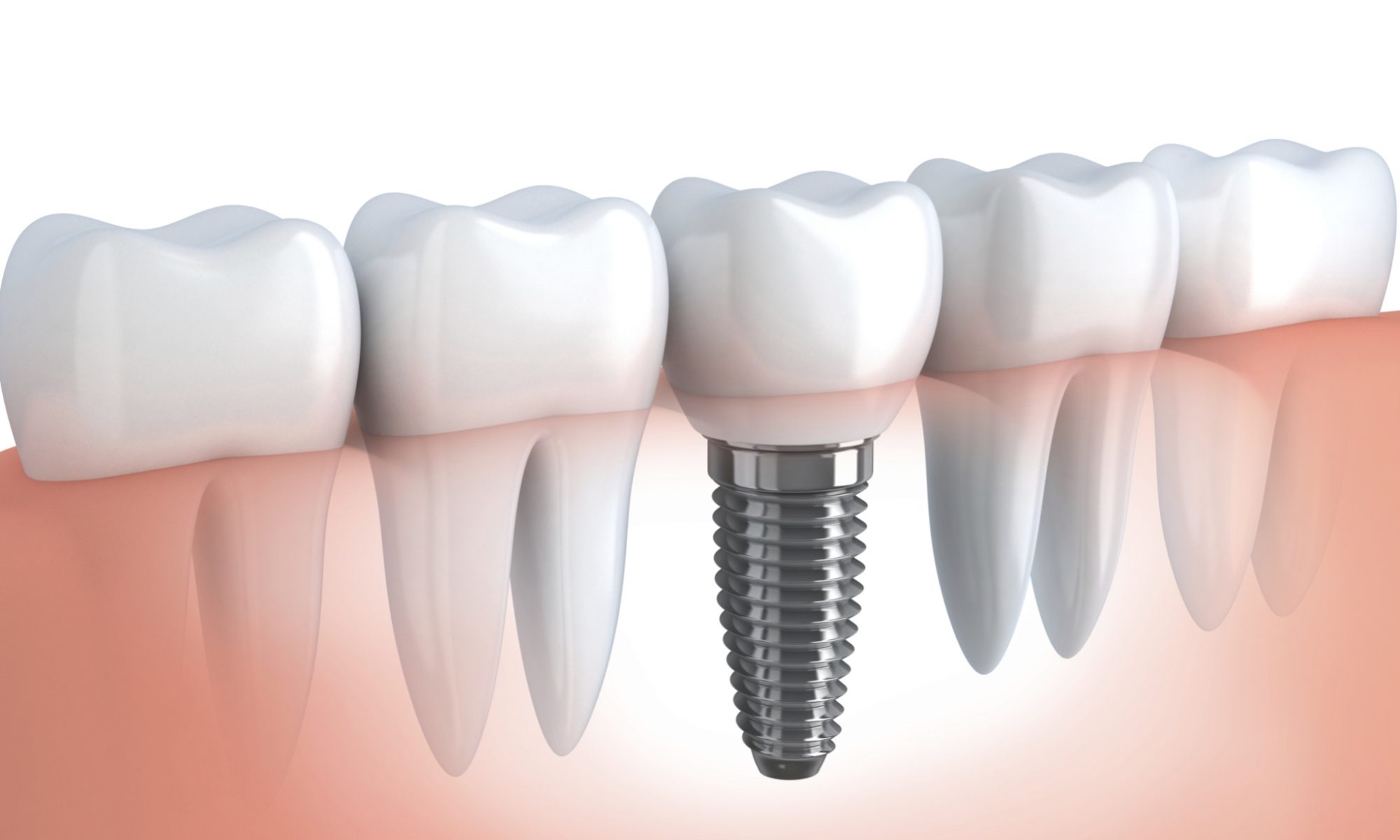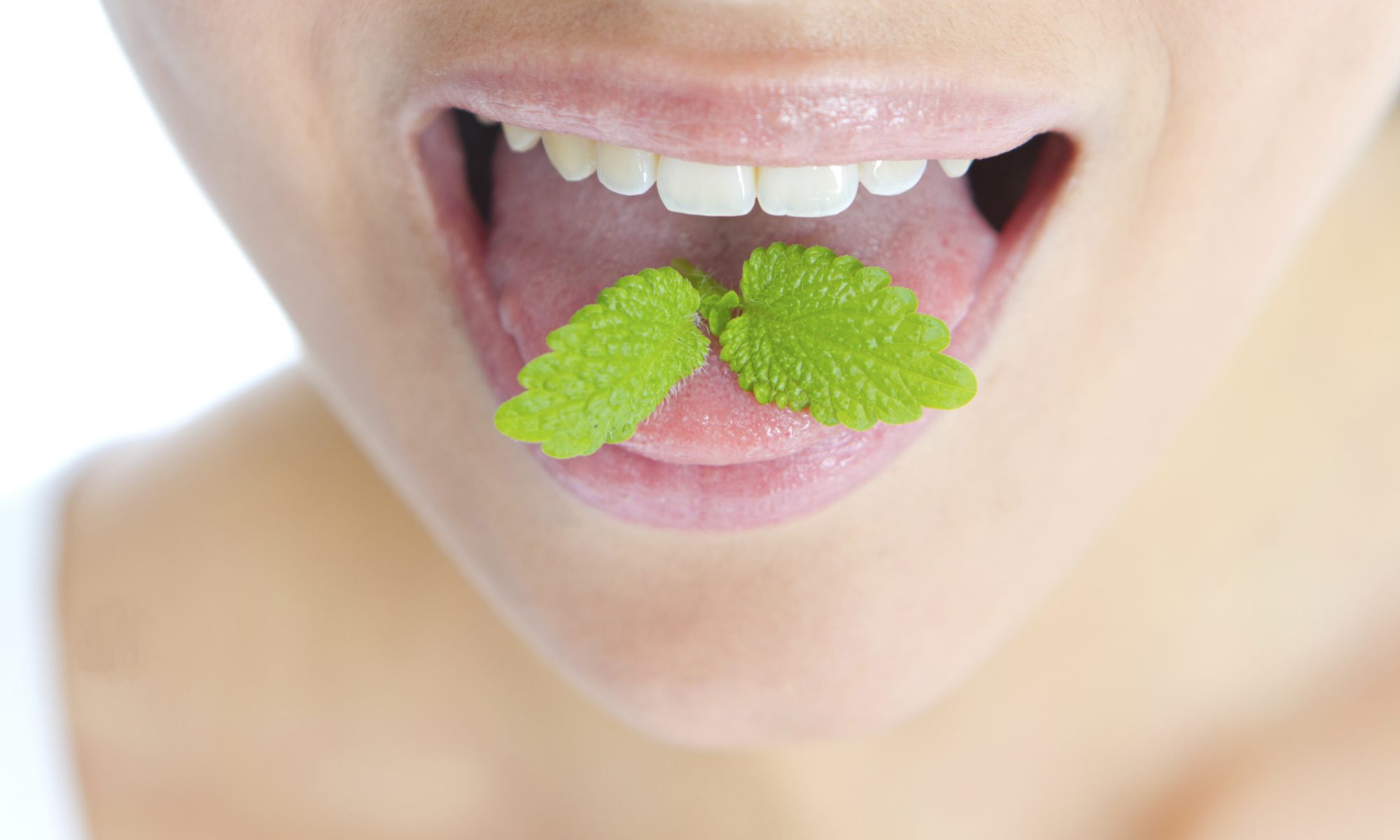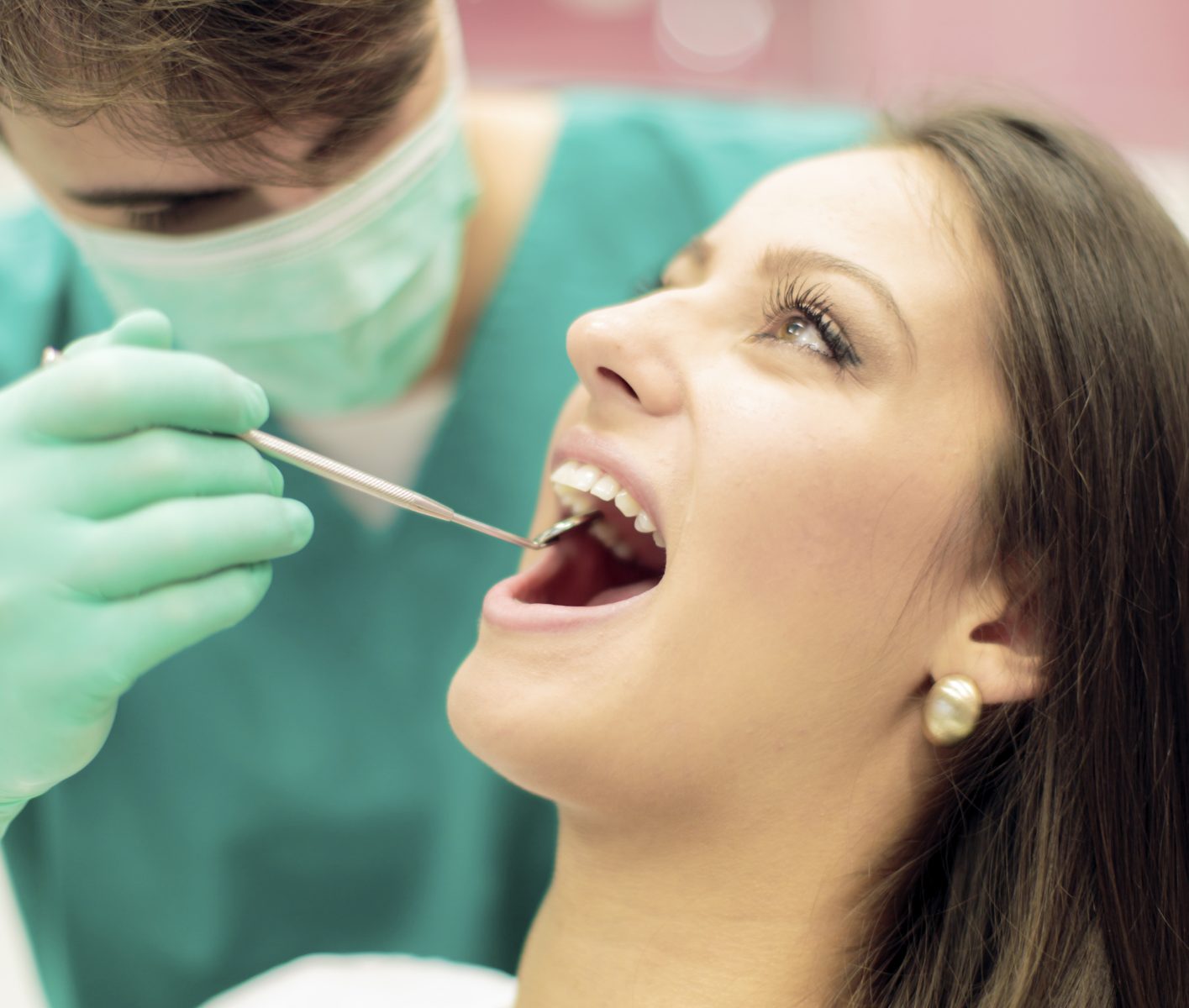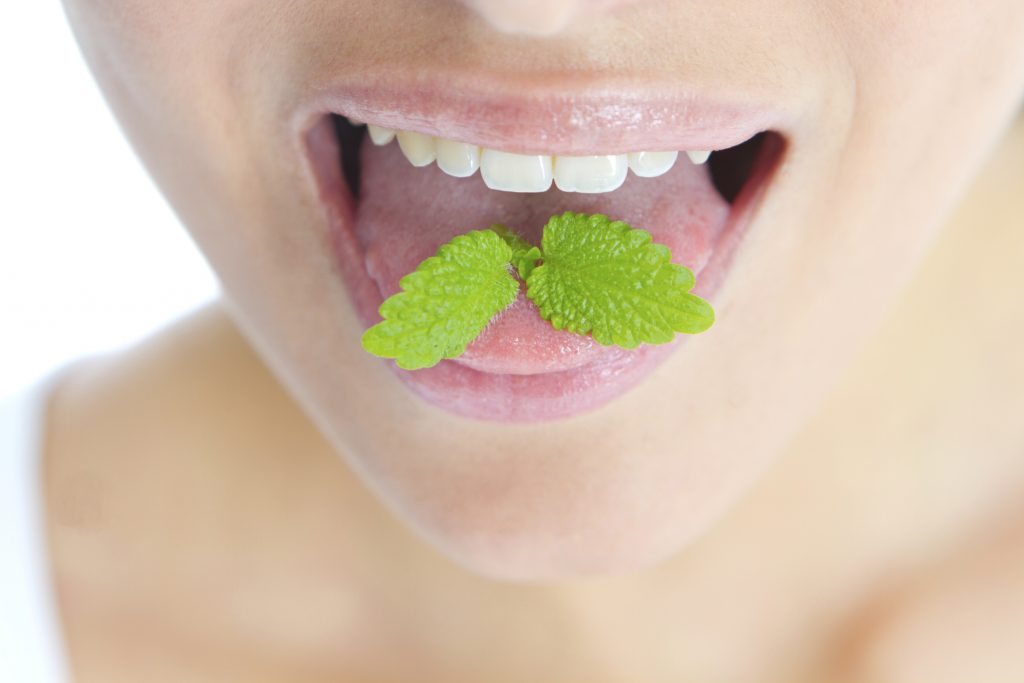Crossbites are considered a genetic disposition, yet for children who have been diagnosed with one, the dental community is split on when to begin treatment. Some suggest starting treatment at the time of diagnosis (for a child, this could mean around the age of three), while others want to wait until a child’s molars arrive (commonly around the age of six). No matter when you decide to begin treatment, dentists and orthodontists alike agree a cross bit should not be left untreated
What does it mean to have a crossbite?
Simply put, a crossbite is when your upper and lower jaws do not align properly. The upper jaw may rest to the right or left of your lower jaw, causing an improper alignment. This can cause a variety of issues such as grinding down your teeth, temporomandibular joint disorder (TMJ), inability to chew effectively, facial asymmetry, uneven jaw development, and biting your cheek or tongue frequently.
Treatment options
Depending on the kind of crossbite, and how severe the misalignment is, its likely treatment will involve dental appliances that work to correct the bite pattern. This can be in the form of braces, sagittal expanders, and retainers that all work to correct the alignment over time. These methods are commonly employed when the entire alignment is off. If misalignment is being caused by a single tooth, it is more likely that a dental face mask, clear aligners, or braces are employed.
While crossbites are not very common, they are generally considered a genetic occurrence. In the case of discovering your young child has a crossbite, it should be treated before they sustain permanent damage to their face and jaw. Listen to all the options provided by your dentist, and choose the course of action that best suits your child.
For more information about smile makeovers, call Dr. Pliev in Ottawa, ON at 613-235-5348 or visit us online at www.ottawadentistryonkent.com
Dr. Konstantin Pliev proudly serves patients from Ottawa and all surrounding areas.


